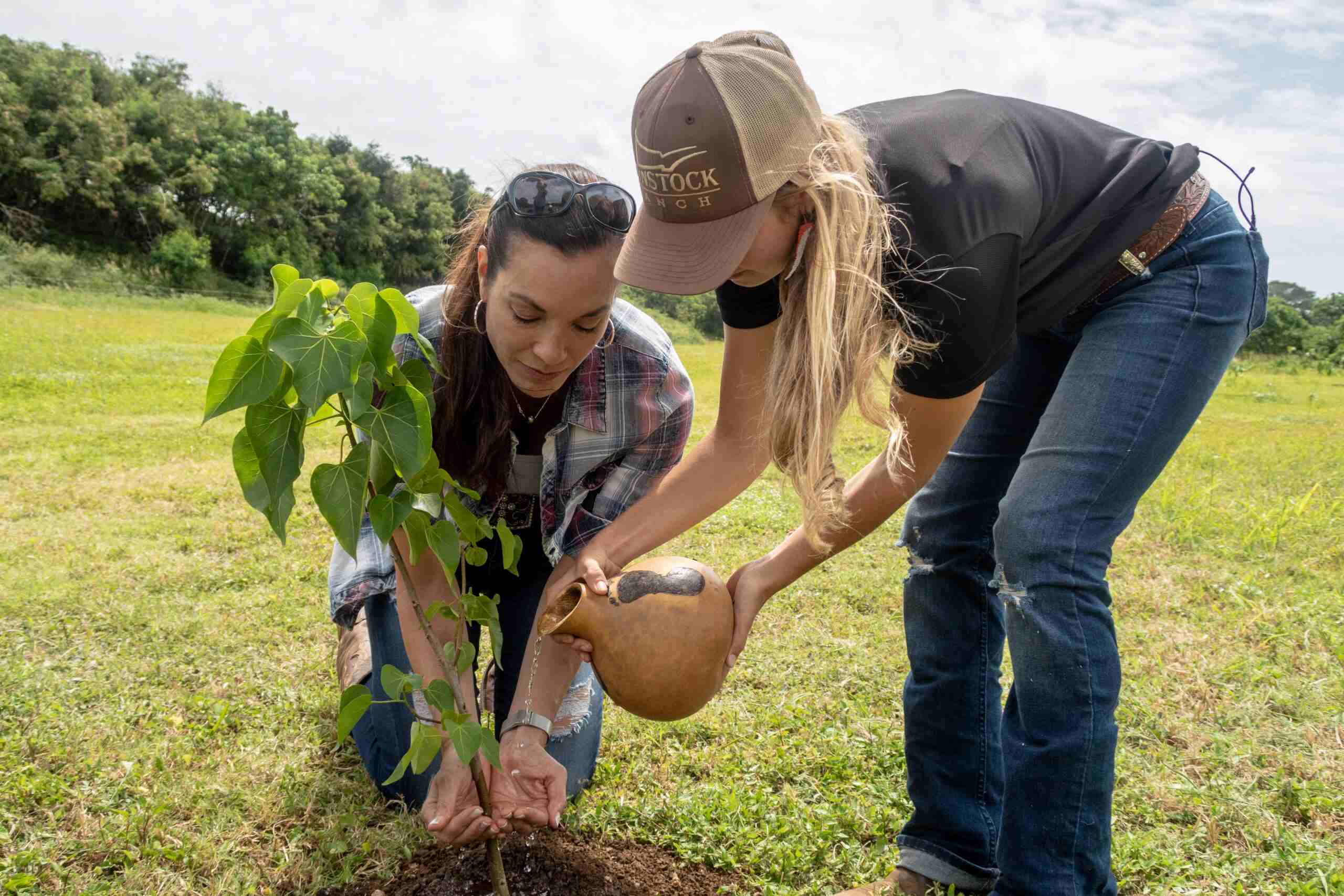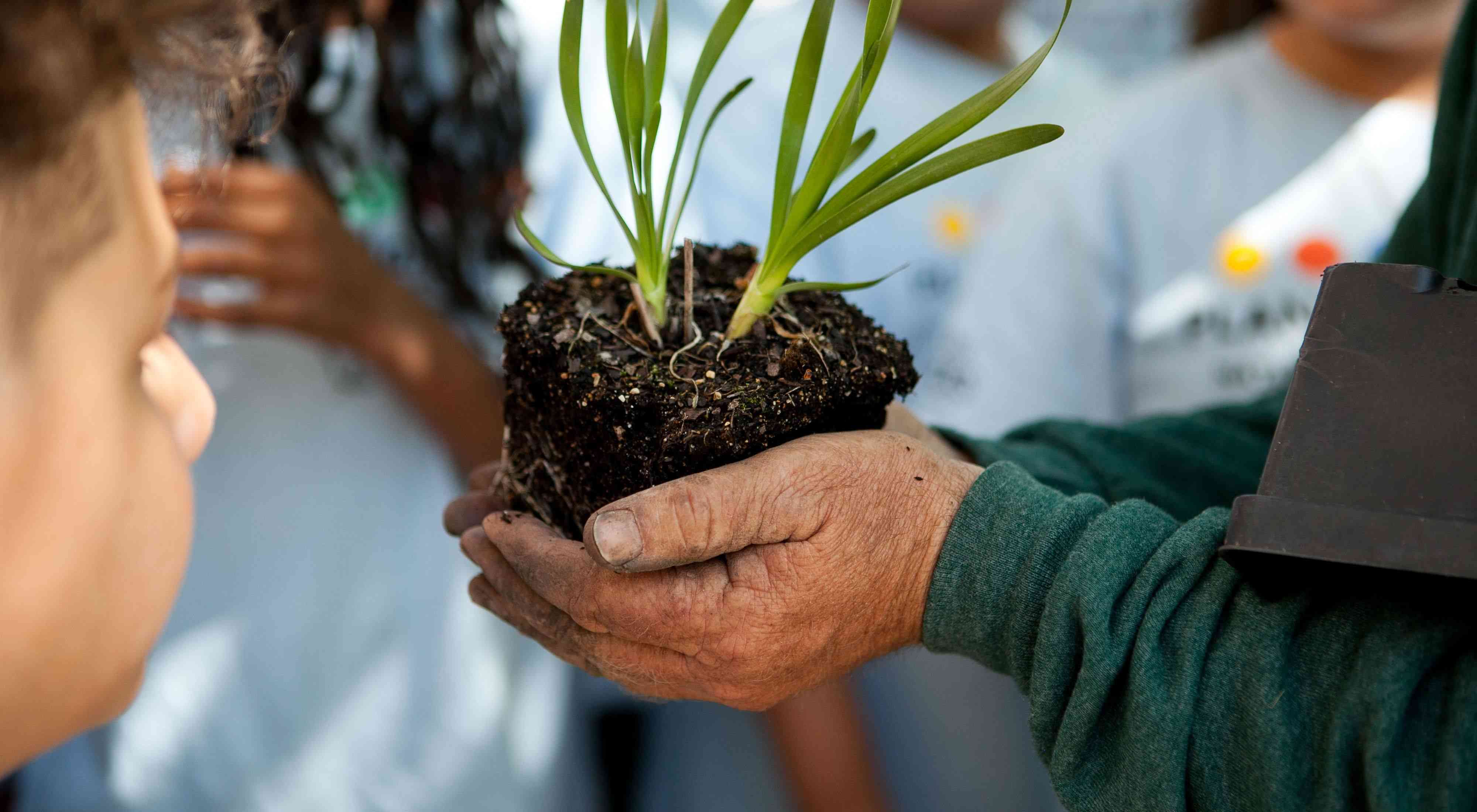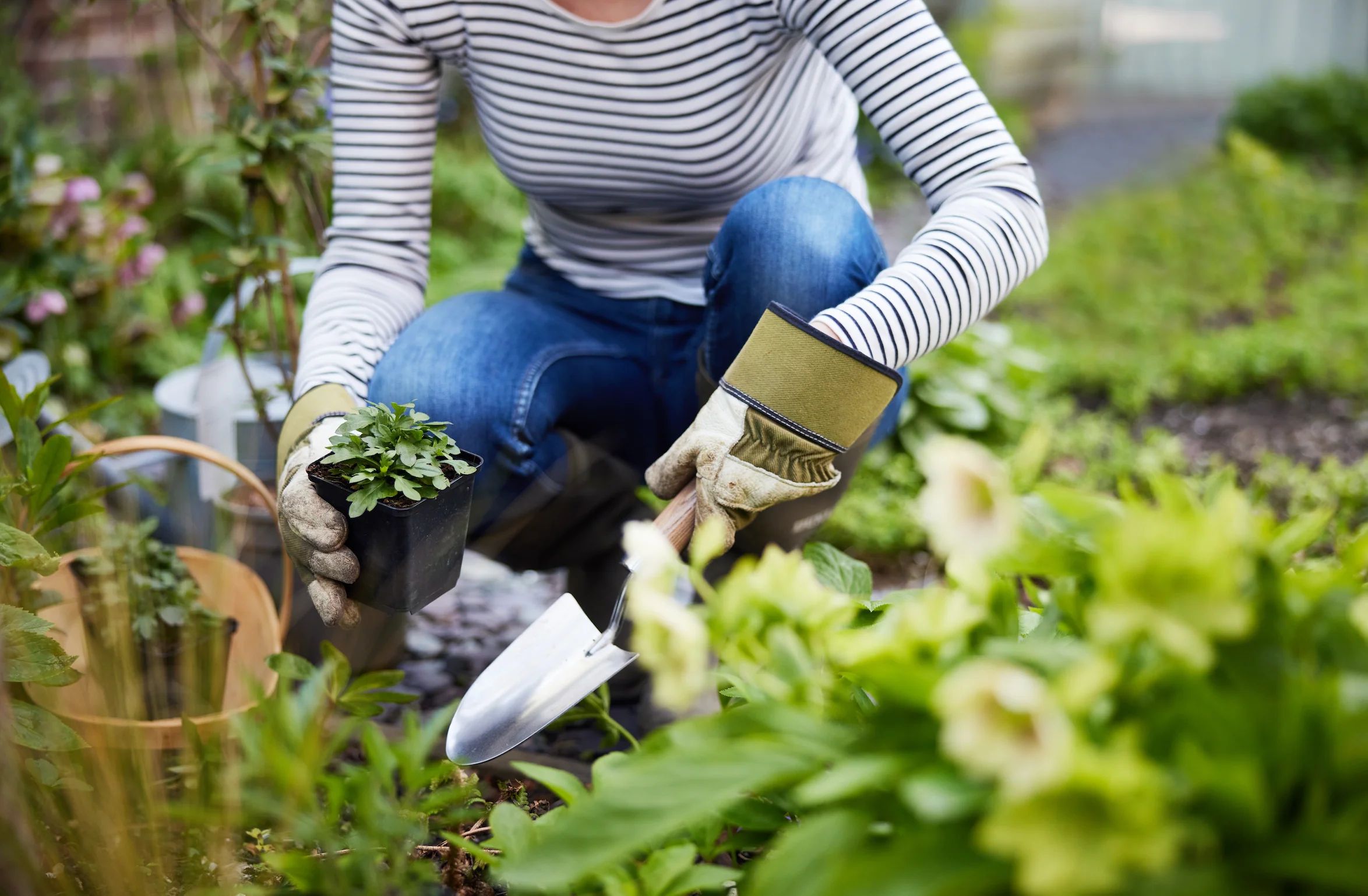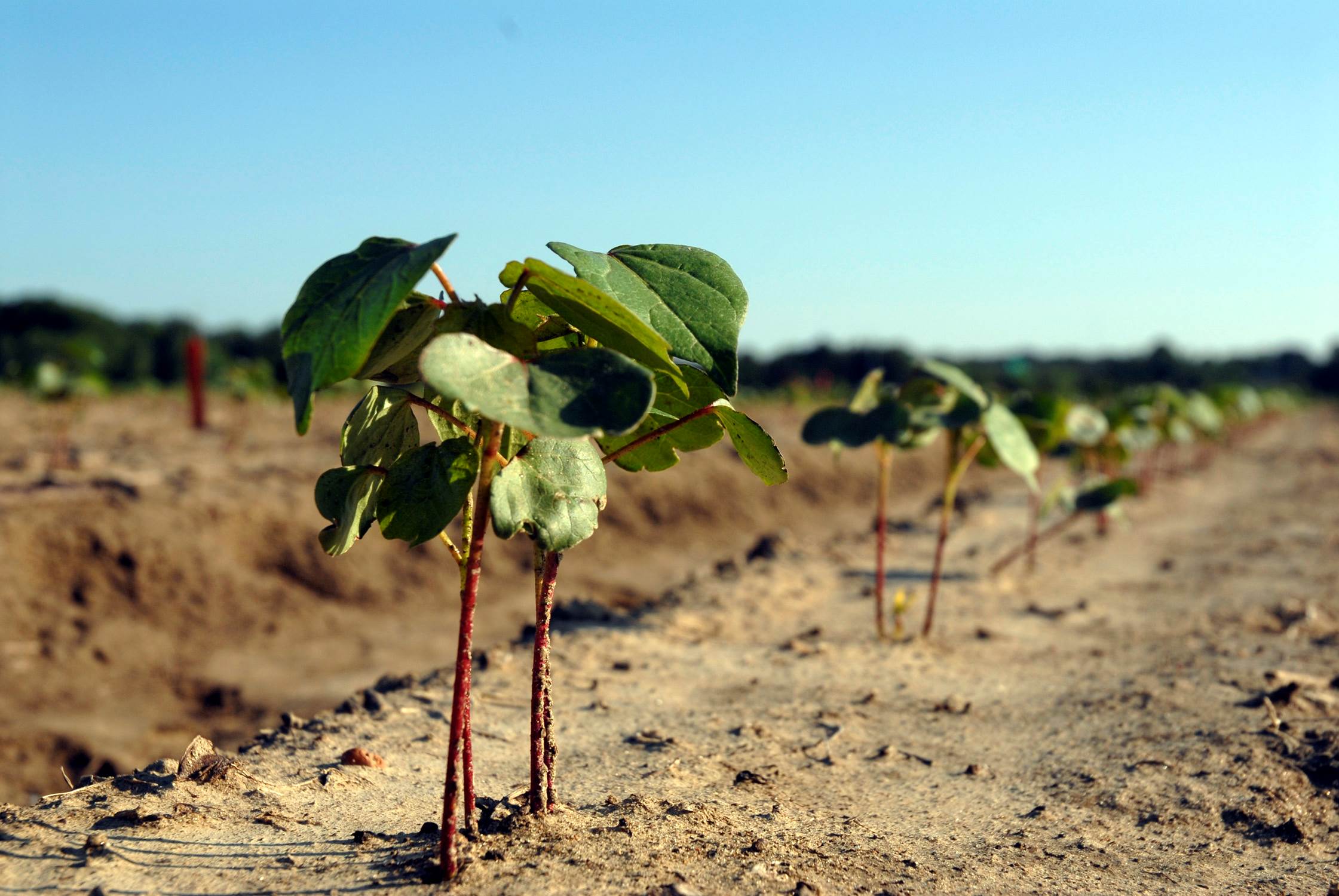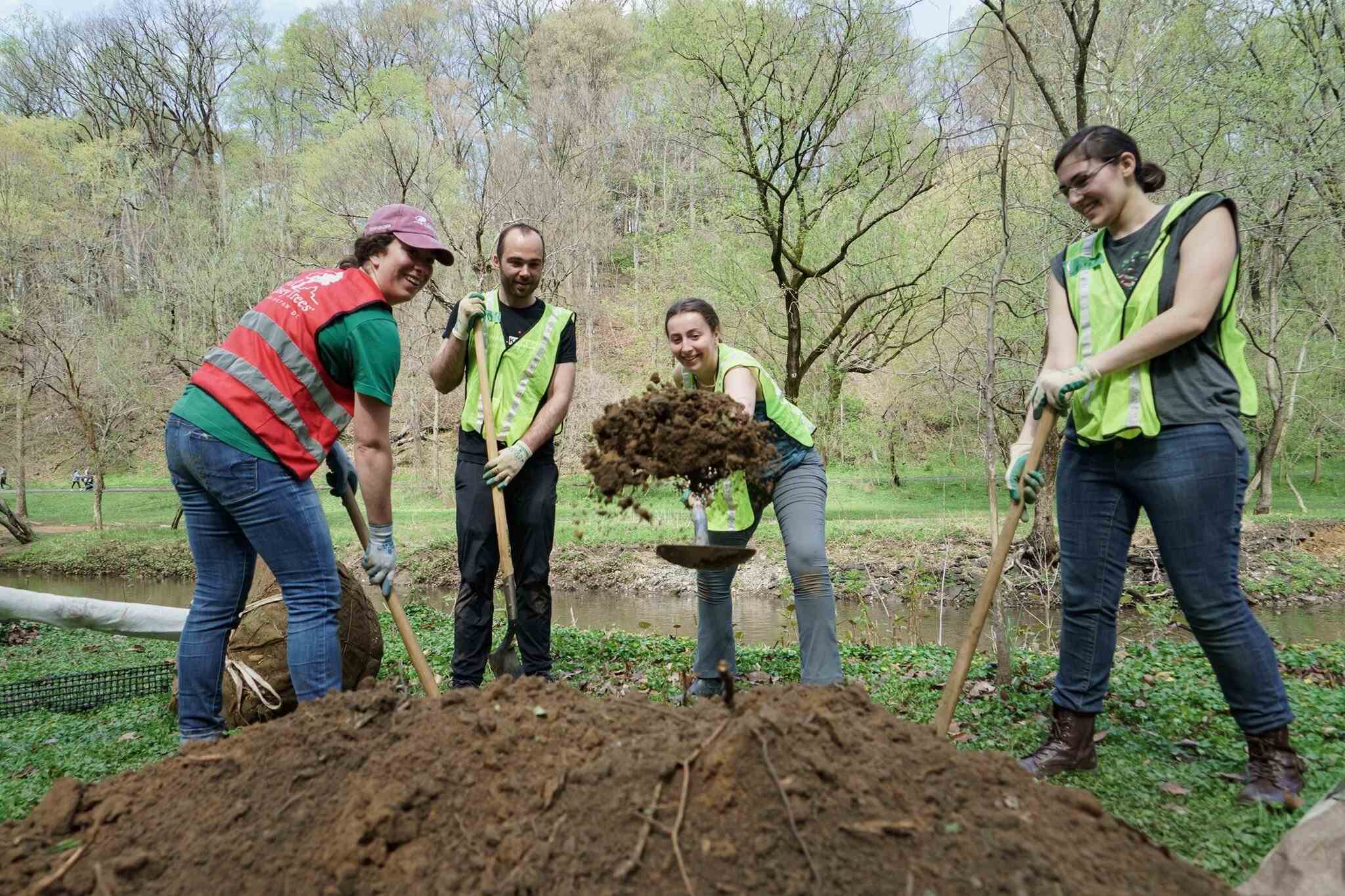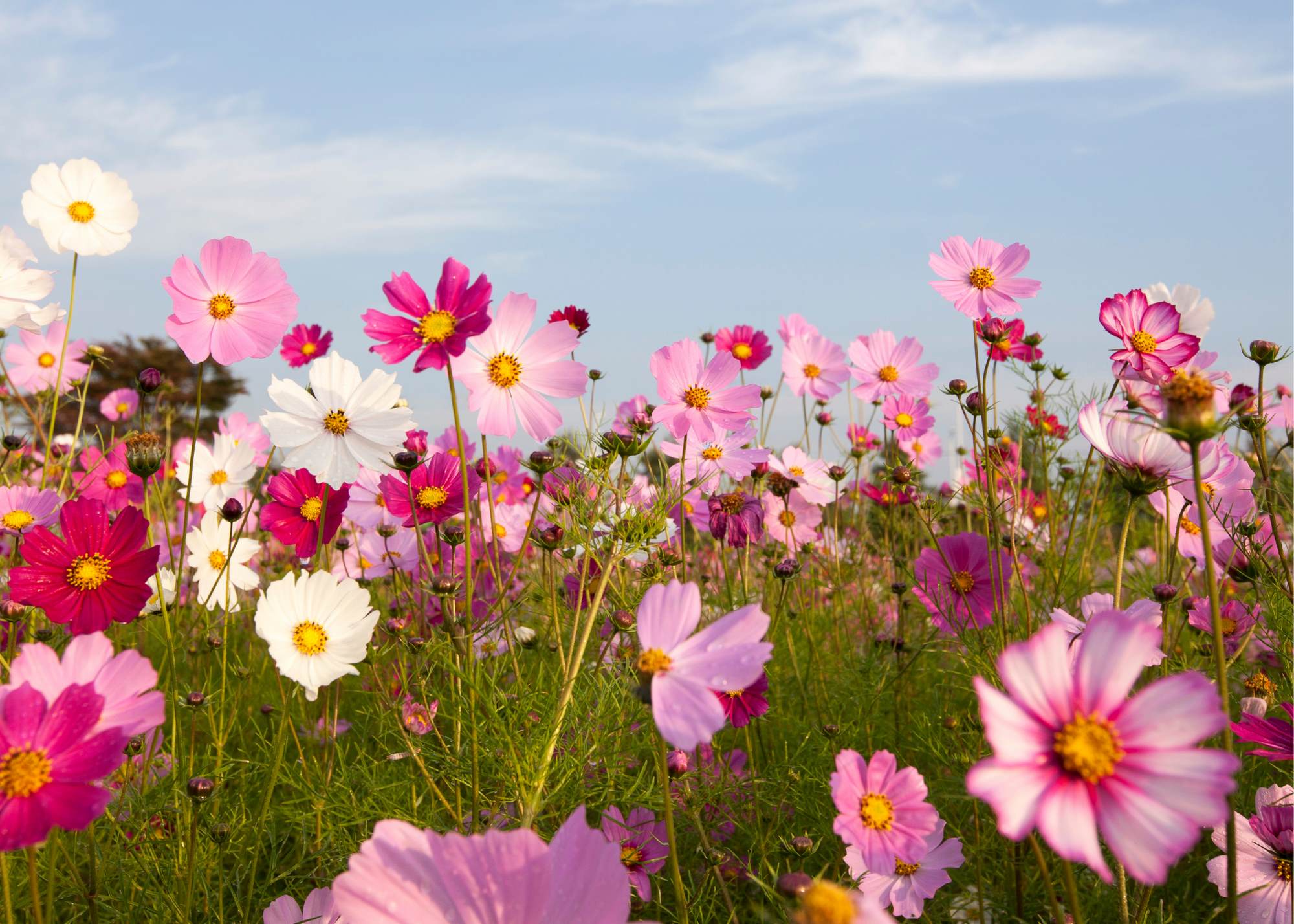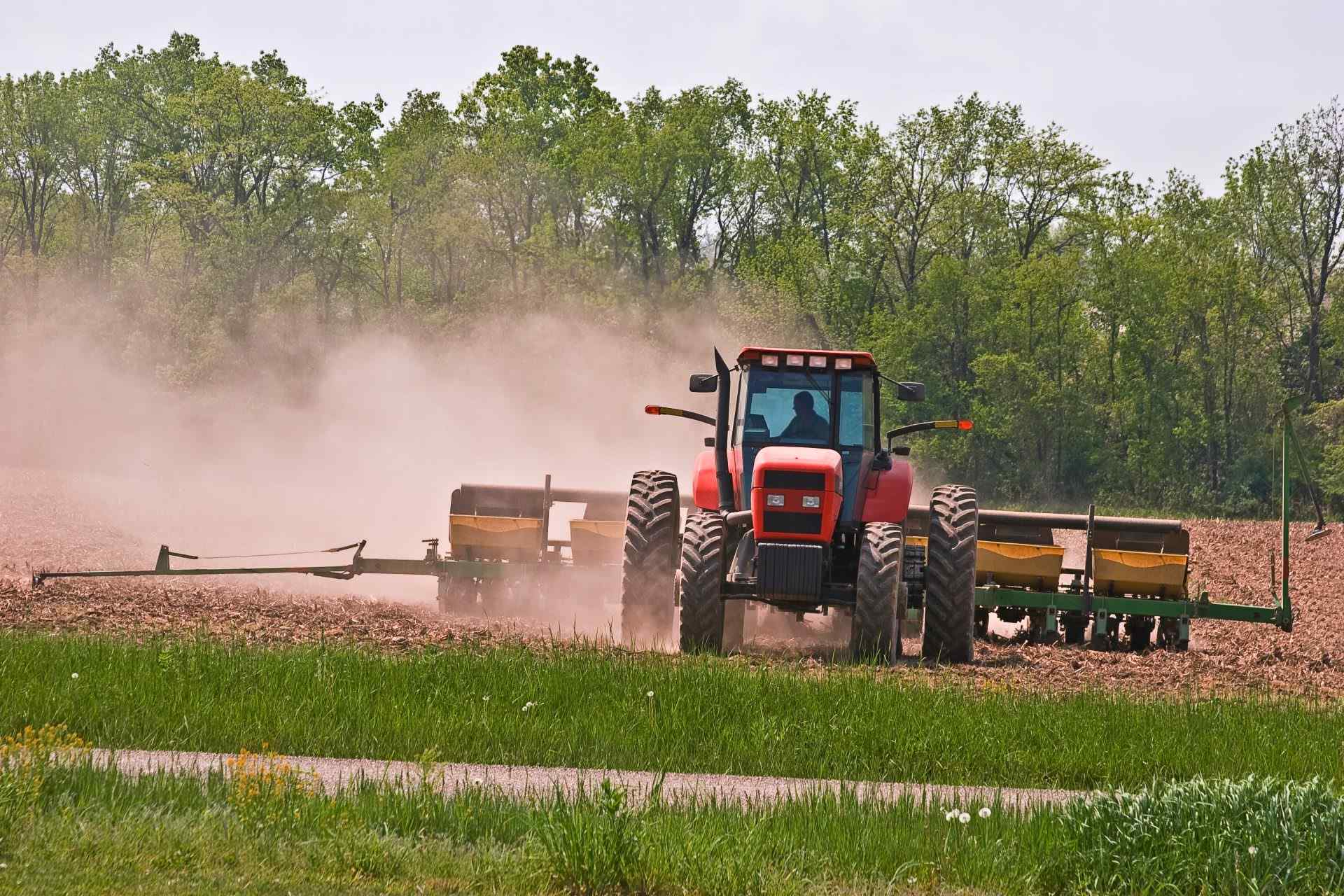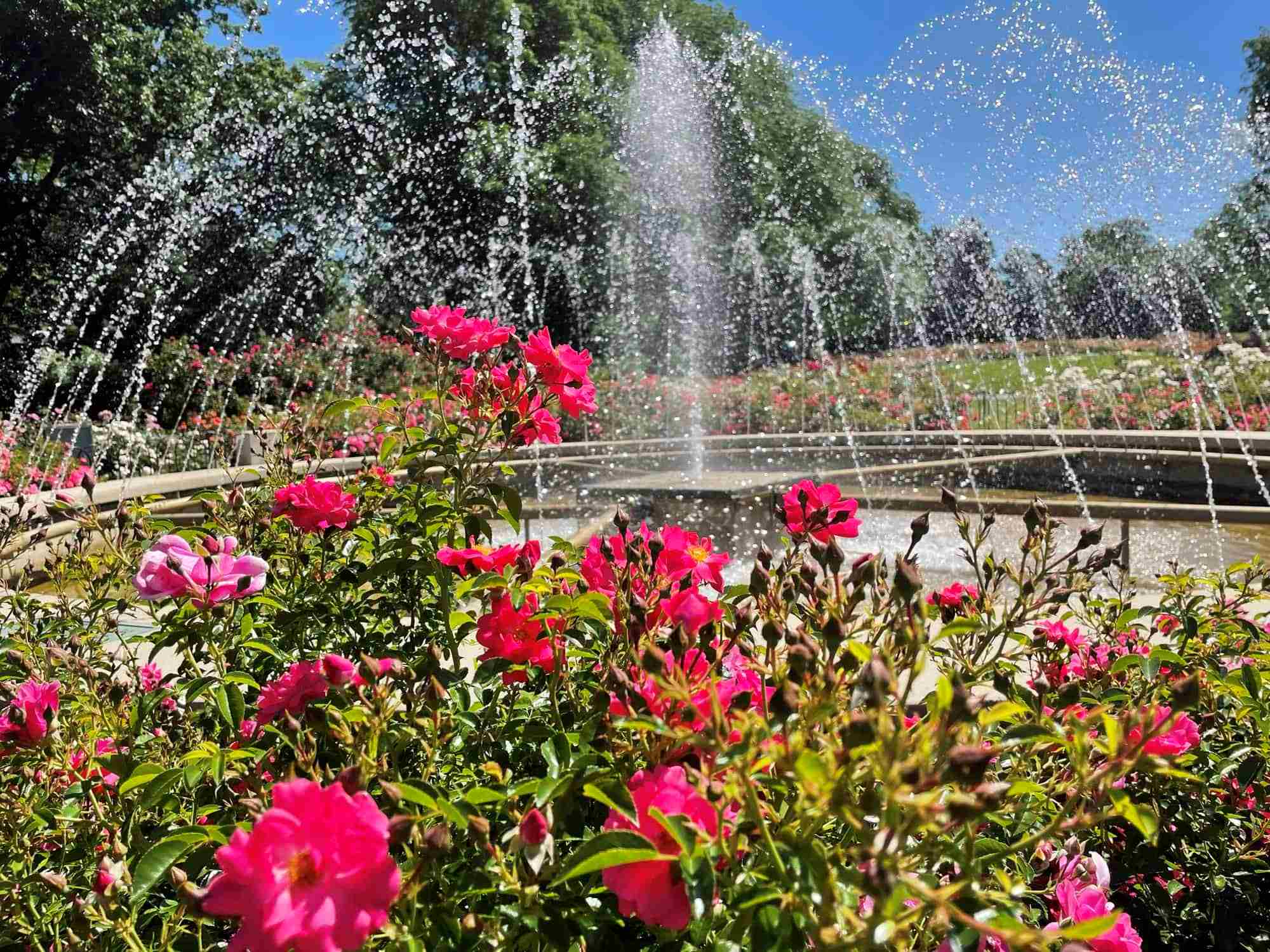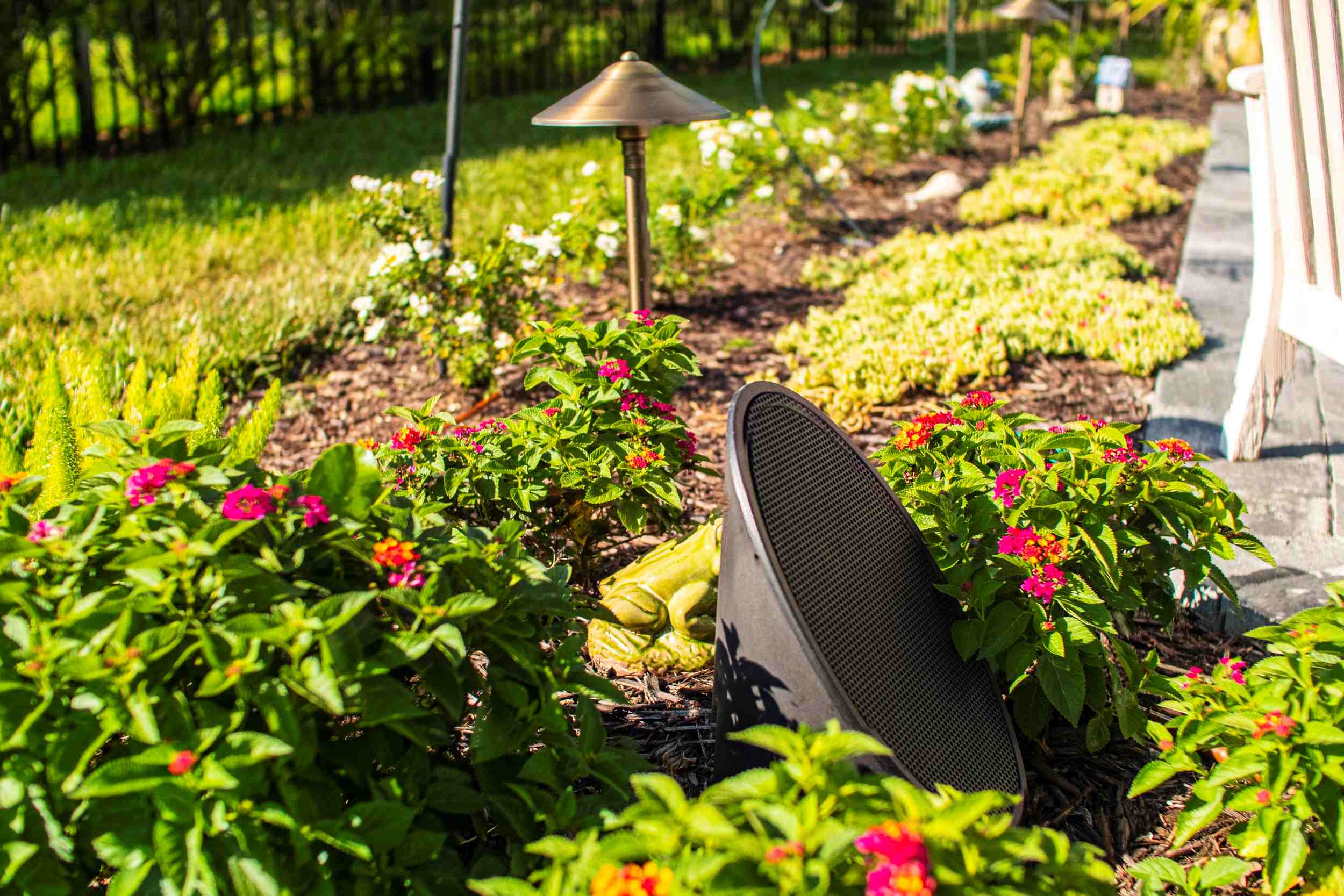Home>Gardening Basics>Understanding Soil>What Planting Zone Is Lexington Kentucky


Understanding Soil
What Planting Zone Is Lexington Kentucky
Modified: January 22, 2024
Discover the perfect growing conditions for your plants in Lexington, Kentucky with our guide to understanding soil and planting zones.
(Many of the links in this article redirect to a specific reviewed product. Your purchase of these products through affiliate links helps to generate commission for Chicagolandgardening.com, at no extra cost. Learn more)
Table of Contents
Introduction
When it comes to gardening and landscaping, understanding your local planting zone is essential. Planting zones, also known as hardiness zones, help gardeners determine which plants are most likely to thrive in their specific geographic area. By knowing your planting zone, you can choose plants that are suited to your climate and soil conditions, increasing your chances of gardening success.
Lexington, Kentucky, a charming city known for its picturesque scenery and rich agricultural heritage, has its own unique planting zone. Located in the heart of the Bluegrass Region, Lexington experiences a moderate climate with four distinct seasons, including hot summers and cold winters. To make the most of your gardening efforts in Lexington, it’s crucial to familiarize yourself with the city’s planting zone and the plants that are best suited to its environmental conditions.
In this article, we will explore the planting zone of Lexington, Kentucky, and delve into the factors that affect its classification. We will also provide insights into the characteristics of the planting zone and offer recommendations for top plants that thrive in Lexington’s climate. Whether you are a seasoned gardener or a novice enthusiast, this article will equip you with the knowledge you need to create a vibrant and successful garden in the Lexington area.
Understanding Planting Zones
Planting zones, also known as hardiness zones, are a system developed by the United States Department of Agriculture (USDA) to classify regions based on their climate and temperature patterns. These zones provide gardeners with valuable information about the types of plants that are most likely to thrive in their specific area.
The USDA planting zone map is divided into 13 zones, each representing a specific geographical area with similar average minimum temperatures. The zones range from Zone 1, which experiences extremely cold temperatures, to Zone 13, where the climate is tropical and warm throughout the year. Each zone is further divided into subzones, providing even more detailed information about the temperature patterns within the region.
The classification of planting zones takes into account a variety of factors, including average winter temperatures, frost dates, and the length of the growing season. These factors help determine the level of cold-hardiness required for plants to survive and thrive in a particular zone.
Understanding your planting zone is critical for successful gardening. By choosing plants that are well-suited to your specific zone, you can minimize the risk of frost damage or plant mortality. It allows you to make informed decisions about selecting the right plants, determining the best planting times, and implementing appropriate gardening practices.
Beyond the USDA planting zone map, there are also regional planting zone maps specific to certain countries or regions. These maps often take into account additional factors such as rainfall patterns, soil types, and elevation, providing even more precise information for local gardeners.
While planting zones are a useful tool for gardeners, it’s important to remember that they are just one factor to consider when planning your garden or landscaping. Other factors such as sunlight, soil quality, and moisture levels also play crucial roles in plant growth and survival. Therefore, it’s important to assess and understand the conditions specific to your garden or landscape, in addition to considering your planting zone.
Factors Affecting Planting Zones
Several factors influence the classification of planting zones and contribute to the variations in climate across different regions. Understanding these factors can help gardeners make informed decisions about plant selection and ensure the success of their gardening endeavors.
1. Temperature
The average minimum winter temperature is the primary factor used to determine planting zones. Areas with lower average minimum temperatures will have a higher planting zone number, indicating a colder climate. Conversely, areas with higher average minimum temperatures will have a lower planting zone number, indicating a milder climate.
2. Elevation
Elevation plays a significant role in determining planting zones. Higher elevations generally experience colder temperatures, even within the same latitude. As a result, plants that can tolerate colder conditions are more suitable for higher-elevation planting zones.
3. Latitude
The distance from the equator, or latitude, affects the amount of sunlight a region receives, which, in turn, influences temperature patterns. Areas closer to the equator typically have warmer climates and longer growing seasons, while areas further from the equator have cooler climates and shorter growing seasons.
4. Proximity to Bodies of Water
Locations near large bodies of water, such as oceans, lakes, or rivers, tend to have milder climates due to the moderating effect of the water. These areas typically experience less extreme temperature fluctuations throughout the year.
5. Microclimates
Microclimates, which are small-scale variations in climate within a larger region, can also impact planting zones. Factors such as topography, vegetation cover, and urbanization can create microclimates with different temperature and moisture conditions. It’s important to consider these microclimates when selecting plants for specific areas within your garden or landscape.
6. Ocean Currents
In coastal regions, ocean currents can influence the local climate, affecting temperatures and precipitation patterns. Warm ocean currents can significantly impact the climate of nearby areas, allowing for the growth of plants that prefer milder conditions.
By taking into account these factors that influence planting zones, gardeners can better understand their local climate and choose plants that are well-suited to thrive in their specific region. It’s important to remember that while planting zones provide useful guidance, it’s also essential to consider other site-specific factors, such as soil type, sunlight exposure, and wind conditions, when planning your garden or landscape.
Planting Zone Classification System
The planting zone classification system provides a standardized method for categorizing different regions based on their climate and temperature patterns. This system helps gardeners and landscapers select plants that are most likely to thrive in their specific area and ensure gardening success.
The most commonly used planting zone classification system is the one developed by the United States Department of Agriculture (USDA). This system divides the United States into 13 planting zones, each representing a specific range of average minimum temperatures.
The USDA planting zone map is divided into zones numbered from 1 to 13, with Zone 1 being the coldest and Zone 13 being the warmest. Each zone is further divided into subzones to provide more detailed information about the temperature patterns within the region.
Here is a brief overview of the USDA planting zones:
- Zone 1: This zone experiences extremely cold temperatures, with average minimum temperatures dropping to -50 degrees Fahrenheit (-45.6 degrees Celsius).
- Zone 2: Average minimum temperatures in this zone range from -50 to -40 degrees Fahrenheit (-45.6 to -40 degrees Celsius).
- Zone 3: This zone encompasses regions with average minimum temperatures ranging from -40 to -30 degrees Fahrenheit (-40 to -34.4 degrees Celsius).
- Zone 4: Average minimum temperatures in Zone 4 range from -30 to -20 degrees Fahrenheit (-34.4 to -28.9 degrees Celsius).
- Zone 5: This zone experiences average minimum temperatures between -20 to -10 degrees Fahrenheit (-28.9 to -23.3 degrees Celsius).
- Zone 6: Average minimum temperatures in Zone 6 range from -10 to 0 degrees Fahrenheit (-23.3 to -17.8 degrees Celsius).
- Zone 7: This zone encompasses regions with average minimum temperatures between 0 to 10 degrees Fahrenheit (-17.8 to -12.2 degrees Celsius).
- Zone 8: Average minimum temperatures in Zone 8 range from 10 to 20 degrees Fahrenheit (-12.2 to -6.7 degrees Celsius).
- Zone 9: This zone experiences average minimum temperatures between 20 to 30 degrees Fahrenheit (-6.7 to -1.1 degrees Celsius).
- Zone 10: Average minimum temperatures in Zone 10 range from 30 to 40 degrees Fahrenheit (-1.1 to 4.4 degrees Celsius).
- Zone 11: This zone encompasses regions with average minimum temperatures between 40 to 50 degrees Fahrenheit (4.4 to 10 degrees Celsius).
- Zone 12: Average minimum temperatures in Zone 12 range from 50 to 60 degrees Fahrenheit (10 to 15.6 degrees Celsius).
- Zone 13: This is the warmest zone, with average minimum temperatures ranging from 60 to 70 degrees Fahrenheit (15.6 to 21.1 degrees Celsius).
It’s important to note that the USDA planting zone map is not the only classification system in use. Other countries and organizations may have their own regional planting zone maps tailored to their specific climates and conditions.
When using the planting zone classification system, it’s crucial to remember that it’s just one tool to guide plant selection. Other factors such as sunlight exposure, soil conditions, and moisture levels should also be considered when planning your garden or landscape. Additionally, microclimates and local variations in temperature should be taken into account when determining the suitability of plants for your specific location within a planting zone.
What is Lexington Kentucky Planting Zone?
Lexington, Kentucky falls under USDA Hardiness Zone 6b. This means that the average minimum winter temperature in Lexington ranges from -5 to 0 degrees Fahrenheit (-20.6 to -17.8 degrees Celsius). Zone 6b is considered a moderate planting zone, exhibiting both cold winters and hot summers.
Being in Zone 6b, the planting zone of Lexington Kentucky offers a diverse range of plant options that can withstand the region’s climatic conditions. Gardeners in this zone have the opportunity to grow an array of beautiful and hardy plants, taking advantage of the summer warmth and the dormant period during winter.
With a typical growing season of approximately 180 days, Lexington provides gardeners with ample time to cultivate a variety of annuals, perennials, vegetables, and shrubs. However, it is important to keep in mind that the climate in Lexington can present some challenges. The hot and humid summers may require additional watering and attention to prevent dehydration and stress for plants, while the freezing temperatures during winter may necessitate protective measures to shield more tender plants from frost damage.
Understanding the specific characteristics of Lexington’s planting zone is crucial for selecting the right plants, determining optimal planting times, and implementing proper gardening practices. By choosing plants that are well-suited to Zone 6b, gardeners can increase the likelihood of success and create beautiful, thriving gardens and landscapes.
Characteristics of Lexington Kentucky Planting Zone
The planting zone of Lexington, Kentucky, which is USDA Hardiness Zone 6b, is known for its unique characteristics that shape the gardening landscape in the area. Understanding these characteristics is essential for gardeners looking to create thriving gardens and landscapes in Lexington.
1. Moderate Climate: Lexington experiences a moderate climate with four distinct seasons. Summers are typically hot and humid, while winters can be cold, with average minimum temperatures ranging from -5 to 0 degrees Fahrenheit (-20.6 to -17.8 degrees Celsius). The moderate climate allows for a long growing season, usually lasting around 180 days.
2. Variable Precipitation: Lexington receives an average annual precipitation of around 46 inches, which is fairly evenly distributed throughout the year. However, precipitation levels can vary, with heavier rainfall occurring in the spring and early summer. Gardeners should be mindful of proper watering techniques and drainage to ensure the health of their plants.
3. Rich Soil: The Bluegrass Region, where Lexington is located, is known for its fertile and nutrient-rich soil. The limestone-rich soil provides an ideal foundation for growing a wide variety of plants. However, gardeners should still test their soil and amend it if necessary to ensure optimal conditions for plant growth.
4. Biodiversity: The planting zone of Lexington offers a diverse range of plant options due to its varied climate. This allows for a wide selection of plant species and varieties, from native plants to more exotic choices. Gardeners can explore a multitude of options when creating their gardens, ensuring a beautiful and vibrant landscape.
5. Winter Protection: Gardeners in Lexington should be prepared to protect their plants during the cold winter months. Frost and freezing temperatures can pose a threat to more tender plants, so implementing protective measures like mulching, covering, or sheltering can help ensure their survival. Choosing cold-hardy plants that can withstand lower temperatures is also important in this zone.
6. Gardening Opportunities: Despite the challenges presented by the climate, the planting zone of Lexington provides ample opportunities for gardening and landscaping. From annuals and perennials to fruits, vegetables, and shrubs, there is a wide variety of plant options to enhance the beauty and productivity of gardens in the area. Additionally, the long growing season allows for several rounds of planting and abundant harvests.
By understanding the characteristics of the planting zone in Lexington, gardeners can make informed choices when it comes to plant selection, soil preparation, and maintenance practices. This knowledge will help create successful and visually appealing gardens that thrive in Lexington’s specific climate and soil conditions.
Recommended Plants for Lexington Kentucky Planting Zone
The planting zone of Lexington, Kentucky (Zone 6b), offers a wide range of plant options that can thrive in its specific climatic conditions. Here are some recommended plants that are well-suited to the Lexington Kentucky planting zone:
- Annual Flowers: Recommended annual flowers for Lexington include marigolds, zinnias, petunias, impatiens, and geraniums. These colorful blooms can add vibrancy to your garden throughout the growing season.
- Perennial Flowers: Popular perennial flowers for Lexington include daylilies, peonies, coneflowers, hostas, and asters. These plants establish strong root systems and return year after year with beautiful blooms.
- Fruits and Vegetables: Some recommended fruits and vegetables for Lexington’s planting zone include tomatoes, peppers, strawberries, blueberries, squash, kale, and lettuce. These crops can be grown successfully during the warm growing season in Lexington.
- Shrubs: Recommended shrubs for Lexington include azaleas, hydrangeas, spireas, butterfly bushes, and boxwoods. These shrubs provide attractive foliage, blooms, and structure to your landscape throughout the year.
- Native Plants: Incorporating native plants into your garden is both environmentally beneficial and well-adapted to Lexington’s planting zone. Some native plants to consider are black-eyed Susans, purple coneflowers, milkweeds, and wild bergamot.
- Herbs: Herbs like rosemary, thyme, basil, mint, and sage are excellent choices for Lexington’s planting zone. They add aromatic scents and flavors to your kitchen while flourishing in the local climate.
It is important to select plants that are suitable for Zone 6b and can withstand the specific temperature and soil conditions found in Lexington. Taking into account factors such as sun exposure, water requirements, and soil preferences will further ensure the success of your plantings.
When choosing plants, consider incorporating a mix of early-blooming, mid-season, and late-blooming varieties to enjoy a continuous display of colors and textures throughout the growing season. Additionally, adding a variety of plants with different heights, forms, and textures can create visual interest and enhance the overall aesthetics of your garden.
Remember to regularly maintain and care for your plants, providing appropriate watering, fertilization, and protection as needed. Monitoring for pests and diseases is also essential for the well-being of your plants.
By selecting the right plants and properly tending to them, you can create a beautiful and thriving garden in the planting zone of Lexington, Kentucky.
Conclusion
Understanding the planting zone of Lexington, Kentucky is crucial for successful gardening and landscaping in the area. By knowing the specific characteristics and requirements of Zone 6b, gardeners can make informed decisions when it comes to plant selection, planting times, and maintenance practices.
Lexington’s moderate climate, fertile soil, and diverse plant options provide a wealth of opportunities for creating beautiful and thriving gardens. From annual and perennial flowers to fruits, vegetables, shrubs, and native plants, there is a wide variety of species that can flourish in the specific climatic conditions of the area.
By considering factors such as temperature, precipitation, sunlight, and soil conditions, gardeners in Lexington can choose the right plants for their gardens and landscapes. It’s important to select plants that are well-adapted to Zone 6b and capable of withstanding the variable weather patterns of the region.
Regular maintenance and care, including proper watering, fertilization, and protection against frost or extreme temperatures, will contribute to the long-term success of the garden. Being attentive to the needs of the chosen plants and implementing suitable gardening practices will ensure a healthy and vibrant garden year after year.
In conclusion, the planting zone of Lexington, Kentucky presents a rich and diverse horticultural landscape. By leveraging the knowledge of the planting zone and incorporating appropriate plants into your garden, you can create a stunning and thriving outdoor space that brings joy and beauty throughout the seasons.
